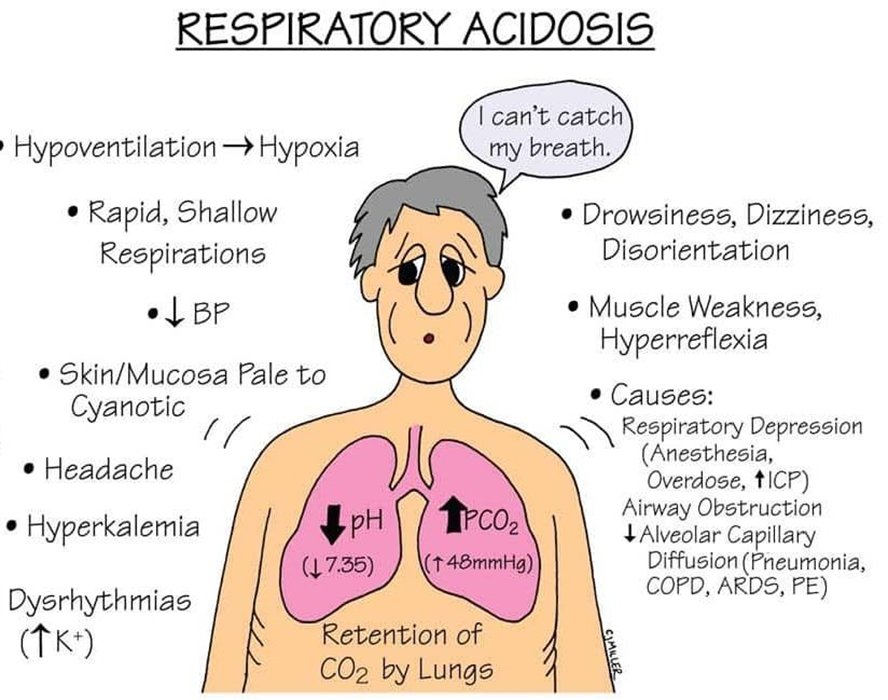A nurse is caring for a client who has Addison's disease and is at risk for Addisonian crisis. Which of the following actions should the nurse take?
Administer oral corticosteroids.
Weigh the client daily.
Provide a low-carbohydrate diet.
Restrict fluid intake
The Correct Answer is B
A. Administering corticosteroids is crucial during an Addisonian crisis but typically involves intravenous corticosteroids (not oral) during the crisis to quickly restore hormone levels. Oral corticosteroids are part of regular maintenance therapy but not an immediate intervention in the crisis.
B. Weighing the client daily is important to monitor for potential fluid loss, dehydration, or weight changes related to Addison's disease and Addisonian crisis. Clients with Addison’s disease may experience fluid and electrolyte imbalances, so daily weight tracking helps detect early signs of fluid shifts, which are critical in crisis prevention and management.
C. A low-carbohydrate diet is not recommended for clients with Addison’s disease, as they may need a balanced diet with sufficient carbohydrates to prevent hypoglycemia.
D. Fluid intake should not be restricted; rather, maintaining adequate hydration is vital. Clients in Addisonian crisis are often at risk for dehydration due to fluid losses and low aldosterone levels, making fluid replacement essential.
Nursing Test Bank
Naxlex Comprehensive Predictor Exams
Related Questions
Correct Answer is D
Explanation
A. Furosemide use is more commonly associated with hyponatremia rather than hypernatremia due to its diuretic effect.
B. Furosemide does not typically cause hypercalcemia; instead, it may lead to hypocalcemia.
C. Hyperchloremia is not a primary concern with furosemide, as the drug can cause a loss of chloride ions alongside sodium.
D. Furosemide can cause an increase in uric acid levels by reducing its excretion through the kidneys.
Correct Answer is C
Explanation
A. Dry skin is not a typical manifestation of respiratory acidosis.
B. Abdominal pain is not a typical manifestation of respiratory acidosis.
C. Lethargy and altered mental status are common manifestations of respiratory acidosis due to the effects of hypercapnia (elevated PaCO2) on the central nervous system.
D. Numbness of fingers is not a typical manifestation of respiratory acidosis.

Whether you are a student looking to ace your exams or a practicing nurse seeking to enhance your expertise , our nursing education contents will empower you with the confidence and competence to make a difference in the lives of patients and become a respected leader in the healthcare field.
Visit Naxlex, invest in your future and unlock endless possibilities with our unparalleled nursing education contents today
Report Wrong Answer on the Current Question
Do you disagree with the answer? If yes, what is your expected answer? Explain.
Kindly be descriptive with the issue you are facing.
